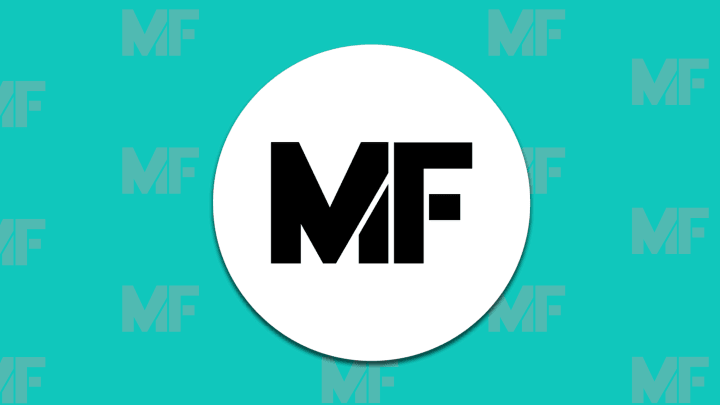Illustrator Kieran Gabriel loves The Simpsons, so he's asking friends, peers, and Internet strangers to draw Milhouse Van Houten from memory. Without the help of any reference, artists are expected to recreate the pop icon using only the image they see in their head. The results will appear in the new book, Milhouse From Memory.
Submissions are still being accepted, but you can see a few examples that other illustrators did:





Not to be left out, I decided to try one too. I'm not submitting it officially, so I broke the rules and colored it with the highlighters in my office:

Milhouse has a pretty simple design with some very distinct features, but a lot of the artists made crucial mistakes (not to mention the one guy who didn't even know what a Milhouse was). While everyone can remember the glasses and signature eyebrows, the facial structure and proportions are way off. Often the artists will insert their own artistic styles into the drawing in place of the iconic Simpsons house style. The essence is there, but there's something wrong. So what's going on with these?
Various studies have shown that we don't see as much as we think we do. We often only pay attention to what's important, so things we aren't necessarily focusing on can go unnoticed (this video is a good illustration). Known as selective attention, people miss stimuli when they are focused on something else. In the case of Milhouse, it's possible that we notice the distinctive features but we don't pay attention to the nitty-gritty.
Another example had researchers approach strangers on the street and ask for directions. As the stranger relayed the directions, movers with a door would come in between the pair. While the view was obstructed, a new researcher would replace the old one. Surprisingly, 50% of the test subjects did not notice a change of person when the door moved away, likely because they were focused on the task at hand: the directions.
Another theory is that we experience "attentional saturation," which is the result of the brain ignoring ubiquitous things because it encounters them so often. A recent study at UCLA explored the phenomenon by asking students (mostly Apple users) to draw the Apple logo. Despite the ubiquity of the bitten apple, most subjects had trouble drawing it. Often, the students would draw extra stems or put the bite in the wrong place. The students see the logo so often, researchers believe, that their brains have learned to ignore it.

Our inability to draw cartoon characters without a reference could be because we aren't scrutinizing the shapes while we watch television. We're likely focused on the plot and jokes, instead of how each object is drawn. We may have the memory of what something looks like, but we don't have the memory of how to reconstruct it.
That said, this doesn't mean you don't remember what Milhouse looks like. You can test your skill and submit your attempt here. The book goes out in May, so you better draw quickly!
